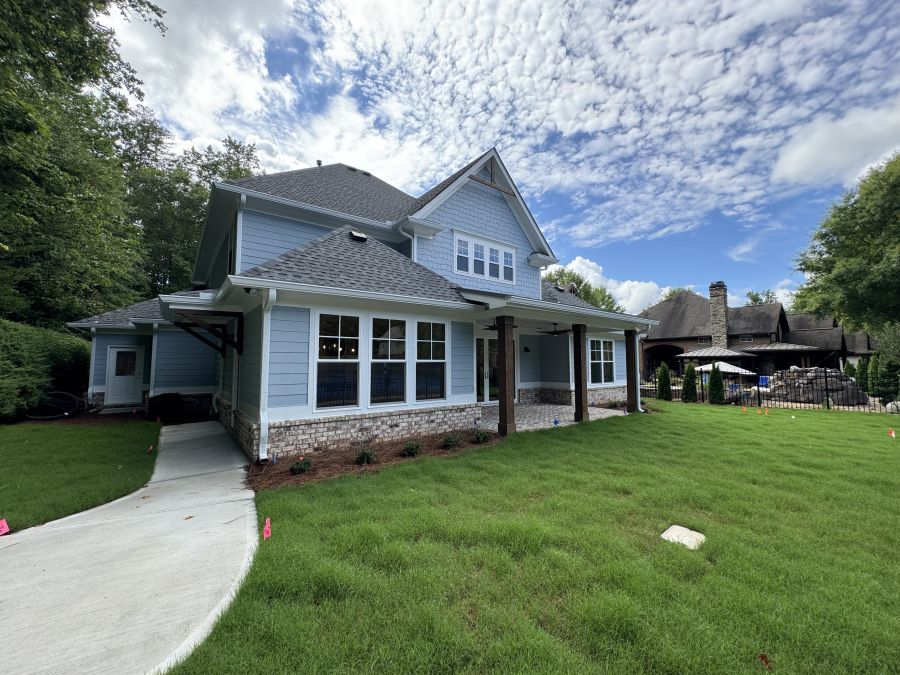Spring is here, bringing vibrant colors as flowers bloom and trees regain their leaves across northern Georgia. Just as nature transforms, the right color scheme can completely refresh your Harcrest Home. Whether you want a cozy retreat, a modern and sophisticated space, or a bright and energetic atmosphere, color plays a key role. With so many choices, selecting the perfect palette can feel overwhelming. This guide will help simplify the process so you can choose colors that complement your home beautifully.
Understand Color Psychology
Colors influence emotions and moods, so it’s important to choose shades that create the ambiance you want in each space.
- Warm Colors (Red, Orange, Yellow) – Energizing and inviting, ideal for living rooms and dining areas.
- Cool Colors (Blue, Green, Purple) – Calming and relaxing, great for bedrooms, bathrooms, and offices.
- Neutral Colors (White, Gray, Beige, Brown) – Versatile and timeless, perfect for balance and pairing with bold accents.
Consider Natural Lighting
Harcrest Homes are designed to maximize natural light, but colors will still appear different depending on the lighting. Rooms with abundant sunlight can handle darker or bolder shades, while areas with limited light benefit from softer hues that keep them feeling open and airy.
Tip: Test paint swatches on your walls and observe how they look at different times of the day before committing to a color.
Choose a Base Color and Build Around It
Start with a primary color you love, then build a complementary palette using the 60-30-10 rule:
- 60% Dominant Color – Walls and large furniture
- 30% Secondary Color – Curtains, rugs, or accent furniture
- 10% Accent Color – Throw pillows, decor, or artwork
For example, in a modern living room:
- Light gray walls (60%)
- Navy blue sofa and area rug (30%)
- Mustard yellow throw pillows and decor (10%)
Explore Different Color Schemes
Here are a few classic ways to pair colors:
- Monochromatic – Different shades of the same color (e.g., light blue, navy, sky blue) for a sophisticated, cohesive look.
- Analogous – Colors next to each other on the color wheel (e.g., green, blue, and teal) for a harmonious feel.
- Complementary – Opposite colors on the color wheel (e.g., blue and orange, purple and yellow) for a bold contrast.
- Neutral with Pops of Color – A timeless approach featuring a neutral base (white, gray, beige) with colorful accents (red, teal, gold).
Test Before You Commit
Before making a final decision, test your color choices by:
- Painting small sections of a wall to see how they look under different lighting.
- Using digital tools or color visualization apps to preview your selections.
- Comparing samples with existing decor to ensure a cohesive design.
Add Personality to Your Space
Your home should reflect your personal style, so don’t shy away from bold colors, statement walls, or unique pairings. Accent walls, colorful furniture, and patterned wallpaper can add personality without overwhelming a space.
Bringing It All Together
We know life gets busy, and choosing the perfect color scheme can feel like a big decision. By considering color psychology, natural lighting, and complementary hues, you can create a space that feels inviting and uniquely yours. Take your time, experiment with samples, and enjoy the process of transforming your Harcrest Home into a beautiful reflection of your style.

